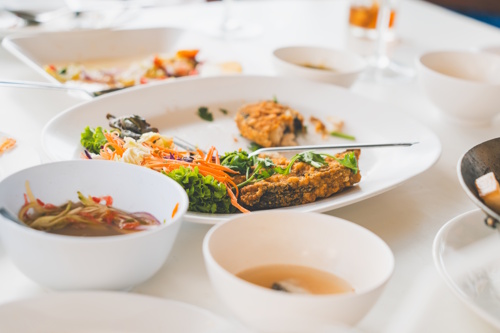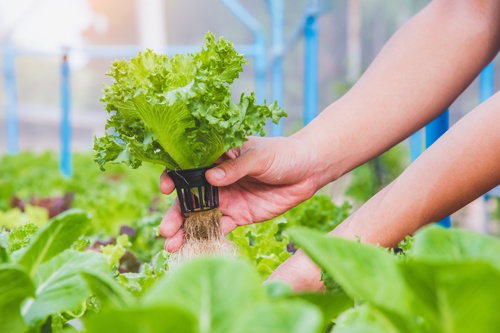It starts with something simple — a traveler in Greece, standing under the afternoon sun, tasting olive oil fresh from the press. There’s no boutique store, no brand campaign, just a farmer, a few olive trees, and a story about the land. Moments like these are redefining what modern travelers call luxury.
Across the world, a quiet revolution is taking place. From the olive groves of Spain to the rainforests of Australia and the vineyards of Chile, the countryside is shaping a new era of hospitality — one that’s slower, more grounded, and profoundly human.
Beyond Sustainability: Regeneration as the New Luxury
The term sustainable travel is no longer enough. True progress lies in regeneration — giving more back to the land and its people than we take. While sustainability aims to minimize harm, regenerative tourism seeks to actively restore. It means bringing new life to abandoned olive groves, reviving forgotten crafts, and creating jobs that make young people stay rather than leave.
When guests harvest, cook, or learn from local farmers, they don’t just buy an experience. They contribute to an ecosystem — one that grows stronger with every visit. The most forward-thinking properties are already working with this mindset: luxury as participation, not consumption.
The Luxury of Slowness
The true contrast of the modern age is not between rich and poor, but between those who can slow down and those who cannot. For many travelers, the countryside has become a sanctuary of stillness, where time moves differently and connection replaces distraction. This is the new privilege — silence, space, and presence.
Today’s guests no longer seek endless Wi-Fi and touchscreen comfort. They seek a form of disconnection that reconnects them with what’s real. The most exclusive luxury retreats of tomorrow may not be those with the fastest service, but those that allow guests to be entirely unseen — and unbothered.
From Sustainability to Stewardship
The new generation of hoteliers is redefining what it means to host. It’s no longer just about building beautiful spaces but nurturing living systems. A regenerative resort doesn’t just sit on land — it grows with it. It employs local hands, tells local stories, and sources its design, ingredients, and even its energy from the place itself.
This form of hospitality turns luxury into responsibility. It’s not just eco-awareness; it’s economic renewal. When a portion of every guest’s stay funds reforestation, education, or heritage preservation, the line between tourism and contribution begins to blur — and that’s where meaning begins.
The Challenge of Exclusivity
Of course, this new model of luxury faces its own paradox. Authenticity thrives on intimacy, not scale. A farm can only host so many guests before it loses the stillness that made it special in the first place. The world’s most regenerative escapes cannot be mass-produced — and that’s precisely their value.
The question for the future is how we protect that value without turning it into another commodity. Can regeneration stay personal and accessible, or will it remain a privilege for the few? The answer will define the next chapter of global hospitality.
The New Definition of Luxury
The new generation of travelers and hosts understands that the most valuable experiences are not hidden behind gates or glass but found within communities that open their doors and share their craft. They don’t buy a product; they invest in a place and its future.
The true luxury of the coming era will not be made of materials. It will be woven from stories, silence, and the sense of genuine contribution. The future of luxury hospitality will not be built; it will be cultivated.
About Hogahero
At Hogahero, we believe that hospitality’s next chapter belongs to those who balance innovation with tradition and who see sustainability not as a trend but as a return to purpose.
Because the world’s most inspiring destinations are not created; they are cultivated.




